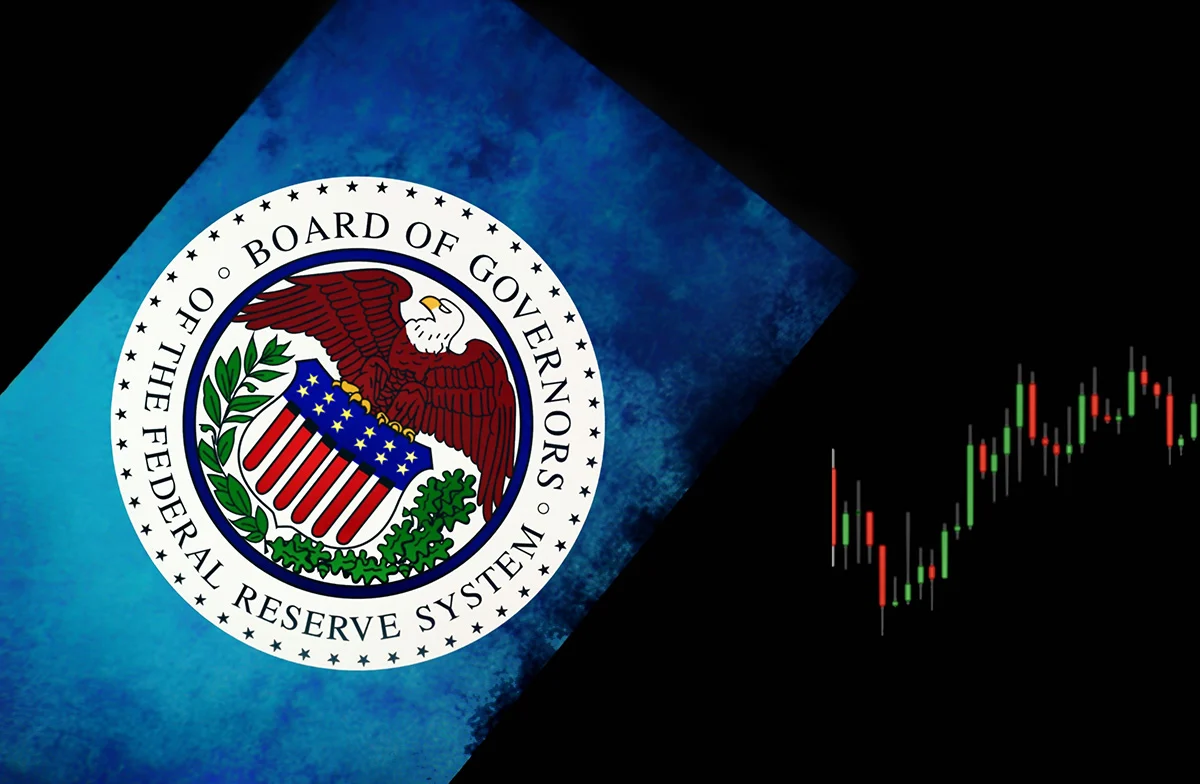TLDR
The U.S. Federal Reserve ends its crypto bank supervision program, improving market conditions.
The Fed is shifting oversight of crypto activities into standard supervisory processes.
The move reflects a broader regulatory pullback from the previous Biden administration.
Regulatory agencies, like the FDIC, are allowing more flexibility for crypto banks.
Senator Cynthia Lummis recently celebrated the end of the Federal Reserve’s targeted supervision program for banks involved with cryptocurrency. This move represents the Federal Reserve’s decision to dismantle the “Novel Activities Supervision Program,” which was introduced in August 2023.
The program initially focused on overseeing financial institutions dealing with crypto and distributed ledger technologies. The Fed’s decision is being seen as a win for the crypto industry, signaling a shift toward a more favorable regulatory environment for digital assets.
Lummis, a vocal advocate for cryptocurrency, took to social media to express her approval of the decision, calling it a significant step toward leveling the playing field for crypto businesses. She referred to the previous program as “Operation Chokepoint 2.0,” alluding to its restrictive nature for crypto-related activities. This announcement by the Federal Reserve marks a broader trend of regulatory agencies pulling back from overly stringent regulations on the cryptocurrency market.
Background on the Novel Activities Supervision Program
The Federal Reserve had introduced the “Novel Activities Supervision Program” in August 2023 to increase its oversight of banks involved in digital asset services. The program aimed to strengthen the Fed’s understanding of crypto activities within financial institutions. It focused on banks engaged in services like cryptocurrency transactions, stablecoins, and partnerships with nonbank financial service providers.
The program was part of a broader attempt by the Federal Reserve and other regulatory agencies to manage the growing intersection of traditional finance and digital assets.
However, the Federal Reserve recently concluded that it had acquired sufficient knowledge on the matter. As a result, the central bank announced it would end the program and fold its supervision of crypto activities back into its standard processes. The shift reflects a broader regulatory evolution under the current U.S. administration, moving away from stringent oversight that existed under the Biden administration’s earlier guidance.
Federal Reserve Pulls Back from Previous Stance on Crypto
The Federal Reserve as a result decision to shut down the crypto bank supervision program aligns with broader trends seen across other regulatory bodies. In April 2025, the Fed withdrew guidance that had previously discouraged banks from engaging in crypto and stablecoin activities.
Furthermore, the Federal Deposit Insurance Corporation (FDIC) recently stated that it would no longer require financial institutions to notify the agency before engaging in crypto services. These changes suggest that regulators are becoming more open to allowing financial institutions to operate within the cryptocurrency space without overly burdensome restrictions.
The Federal Reserve’s withdrawal from direct oversight signals a more open regulatory environment for banks and crypto-related businesses. Alongside the FDIC’s more lenient approach, the Securities and Exchange Commission (SEC) has also started updating its rules to accommodate the growth of digital assets. This regulatory shift is expected to give banks greater flexibility in managing crypto holdings and offering crypto-related services to their customers.
Future of Crypto Regulation in the U.S.
While the end of the “Novel Activities Supervision Program” marks a victory for crypto advocates, there is still work to be done in defining a clear regulatory framework for digital assets.
The regulatory landscape for cryptocurrency in the U.S. as a result is continuing to evolve, and key agencies like the SEC and the FDIC are expected to release additional guidelines as the market grows.
Although the Fed’s decision represents progress, Lummis and other crypto supporters have emphasized that broader, more comprehensive crypto regulations are still needed. The market requires clarity, particularly around the treatment of digital currencies, and how they fit within the existing financial system.

